Edible Attractive Trees for Your Landscape
Man, I love me some pie. That’s right. Apple pie, banana pie, cherry pie, lemon merengue pie, pumpkin pie, pecan pie, you name it.
Yeah, so what gives?
As it turns out, most pies are made from some edible plant. And most of them come from a tree fruit.
Who doesn’t love edibles? Go to a supermarket and look for the space that seems most ‘alive.’ Odds are, you’ll end up in the produce section.
When you decide to plant edibles in your landscape, the possibilities of delicious and unique nutrition go way beyond what you find in the supermarket.
And trees top the list with beauty, variety, and productive capacity.
So here’s a list of 5 great trees that give you a good yield of delicious edible food and look beautiful in the landscape.
1. Serviceberry (Amelanchier spp)
The serviceberry deserves a starting lineup position, because it hits a home run for looks and eats. This is a genus of shrubs and small trees that have beautiful spring blossoms, late spring fruit, and brilliant fall foliage to boot. What’s not to love?
The serviceberry goes by many other common names, including shadblow, Saskatoon, sarvisberry, juneberry, and sugarplum. Unfortunately this tree isn’t what the sugarplum fairies dance about. Part of the rose family (Rosaceae), it is a close relative of the apple.
Most species are native to the US and Canada – most commonly the Saskatoon Serviceberry (A. alnifolia), Common Serviceberry (A. arborea), and Canadian Serviceberry (A. canadensis).
Serviceberries bloom in early spring with small white snowflake flowers, one of the earliest flowers of the season. The serviceberry fruits generally ripen in the first few weeks of June in zones 5-7, as they turn from green, to crimson purple, then to deep blue-violet once ripe. Fall brings more interest with the leaves turning a brilliant red-orange or yellow.
The birds know a good fruit, and you’ll have to beat them to these first fruits of the year.
The flavor is very interesting, somewhat like a blueberry with a nutty accent from the seeds.
Several cultivated varieties have been selected for different characteristics – growth habit, flowering, fall color, or fruit. Check out which varieties you prefer based on your interest. The ‘Smokey’ A. alnifolia variety is one of the most commonly planted cultivars and has sweet and flavorful fruits.
I personally enjoy making a simple serviceberry jam from the fruits that is simply amazing with peanut butter or on a cracker with cream cheese. My oldest son enjoys eating them fresh or frozen as a snack.
Watch-outs: The serviceberry generally prefers soils that are not heavily clay or basic. A. canadensis is thought to do better in clay conditions. To help with dense soils during establishment, grow along with plants that help penetrate soil through taproots such as honey locust, dock, comfrey, or Echinacea.
As rose and apple relatives, serviceberries are susceptible to similar diseases, including rust. To help with disease risks, ensure good healthy soils through addition of leaf mulch, compost, and support plants such as Echinacea, dandelion, clover, or vetch to provide pest resistance and fertility.
2. Corneilian Cherry (Cornus mas)
The Cornelian Cherry is a dogwood tree with edible fruits. Like the serviceberry, the Cornelian Cherry is somewhere in the small tree / large shrub category. The year finds this tree with beautiful yellow blossoms in the spring, bright red fruits in late summer, and deep red foliage in the fall.
The yellow spring blossoms are long-lasting and bloom in small clusters throughout the tree. They are much smaller than most dogwood blossoms, but cover the tree in a burst of color.
This fruit is highly desired in Turkey and other areas throughout the Middle East, spanning across Europe and up north through Russia. Being highly adaptable, the Cornelian Cherry is capable of growing throughout much of the United States and Europe, USDA zones 4-8.
The fruit can be eaten fresh and must be picked ripe or may be astringent. Once picked, the shelf life is relatively short. The ‘cornel’ or ‘cherry’ has a tart flavor similar to a cherry. Many preparations can be made with the fruit including jams, preserves, wine, vodka infusions, tarts, and baked goods.
Watch-outs: Cornelian cherries are relatively hardy plants. There are few major diseases that plague these trees, and they don’t have many special needs. As long as your region is an appropriate zone and you help the tree get established, you will most likely not have problems. Fruits may take several years depending on growth and establishment.
3. Asian Pear (Pyrus pyrifolia)
The Asian pear is another member of the Rosaceae family like the serviceberry. Similar to its more commonly known European relative, the Asian pear produces large sweet pear fruits in late summer and early fall. Despite the commonality of ancestry, the Asian pear is a unique fruit in its own. The flavor is somewhere between a pear and apple, and the flesh is firm unlike a European pear. Most varieties are shaped more like an apple than a pear.
The sweet but crisp fruit is quite enjoyable, and only one taste of the ripe fruit will make you want to plant your own Asian pear.
So why does the Asian pear make this list, but not the common European pear? In the western world, the Asian pear is generally hardier and less disease-prone.
As a member of the pear family, you not only get delicious fruits, but the wonderful display of color throughout the year. White blossoms adorn the tree in spring. The fruits follow throughout the summer at various times depending upon cultivar. Come fall, brilliant orange and red leaves signal the coming winter. As such, these trees deserve a place in your landscape.
Watch-outs: The Asian pear generally requires another tree for cross-pollination as they are not self-fertile. Some varieties are self-fertile, so it is important to check before purchasing. Some varieties are less resistant to common pear diseases, so check to make sure your variety is a hardy one. These trees generally require an annual pruning for best production, although not absolutely necessary.
4. Fig (Ficus carica)
Most people in the United States are familiar with figs in only two ways. First, the reference above in the song Grandma Got Run Over by a Reindeer and second, Fig Newtons. Yet despite this cursory knowledge, figs are a beautiful plant that bears delicious fruit.
A native to the Middle East, the common fig is a deciduous tree that is generally grown in USDA zones 7-9, depending on variety. There are some hardy varieties that have been bred to withstand up to zone 5, such as the ‘Chicago Hardy’ or ‘Brown Turkey’ varieties, although they may exist more as a shrub by dying back to the ground and putting on new growth each year.
The fresh figs I have tasted have all been incredibly delicious. There are endless varieties with widely various flavors. Color and bearing time also vary per variety, but you generally get a small early harvest followed by a large late harvest near the end of summer.
Aside from the fruits, figs are often grown simply as an ornamental. While these trees lack a traditional flower, the foliage is very attractive, resembling its tropical ancestry. The growth habit of the fig tree also provides structural interest with its branching pattern and smooth bark.
Watch-outs: Make sure you have a variety that can grow in your region. If you have dense clay soils, you may need to work at amending the soil or growing in combination with taproot plants to break up the soil and some heavy biomass plants to provide nutrition. Another option in cooler regions is to grow in a container, maintain size, and overwinter indoors as a decorative accent.
5. Persimmon (Diospyros kaki, D. virginiana, D. lotus)
With the genus name meaning ‘fruit of the gods,’ the persimmon is a tree that lives up to its name. The genus ‘Diospyros’ contains several species of persimmon trees that produce delicious fruits and seasonal beauty.
The Asian Persimmon, D. kaki, is common throughout Asia and can be propagated in most temperate climates. They grow into medium sized trees reaching to about 35 feet at maturity. There are two varieties of fruits, astringent and non-astringent. The astringent varieties of Asian Persimmon such as the ‘Hachiya’ are very bitter until ripe. These fruits are best left on the tree until ripe, at which point they become very soft, incredibly sweet, and full of flavor.
Non-astringent varieties such as the ‘Fuyu’ persimmon are able to be eaten while firm and still are very sweet, although considered to be less full-flavored.
The American Persimmon, D. virginiana, is the largest tree on this list, sometimes clocking in at 75 feet once mature. Another astringent variety, fruits must be allowed to ripen before eating, but are very delicious once ripe. These trees are self-fertile, having both male and female flowers on the same tree.
The Date-Plum (D. lotus) is a persimmon hailing from the Middle East. This tree has much smaller fruits about ½ – 1 inch in size, but these tiny fruits pack a flavorful punch with a prized history dating back to ancient Greece. These smaller trees reach about 30ft at maturity.
All three species are generally disease resistant and fairly hardy given the appropriate conditions. They generally prefer lighter soils.
The persimmon tree has two primary benefits as an ornamental. While spring flowers are fairly small and occur after leaf-out, the fall foliage is an enjoyable red-orange. The tree extends the visual appeal in the landscape into late fall and early winter with its fruit. Unlike many other fruiting trees, the persimmon can hold its fruit – ready for eating – into late winter. These trees are covered with bright orange fruits for a burst of color in an otherwise neutral landscape in the later months.
Watch-outs: Many varieties of Asian Persimmon are not self-fertile, requiring a second tree for fruiting.
Well, there you go. These five trees will have your landscape producing a yield all while stealing the show for beauty and color. It’s really hard to beat such a combo.
So get out there and plan where your next tree will spotlight your landscape.
“Growing your own food is like printing your own money.”
– Ron Finley
What? A free guide to save 27 hours of yard work? Yes please!
Photo Credits – in order of appearance:
Cover: Frank Farm
Serviceberry: dbarronoss, Dan Mullen, Gene Wilburn, Pearl Pirie, Pearl Pirie
Cornelian Cherry: weisserstier, Distant Hill Gardens, Klasse im Garten, Sicco2007
Asian Pear: sharin, alasam, pictoscribe, alasam
Fig: *starrynight1, calafellvalo, lephotosdedaniel
Persimmon: Robert Couse-Baker, Eliza Adam, bruce_crossing, Simona, Stuart Rankin



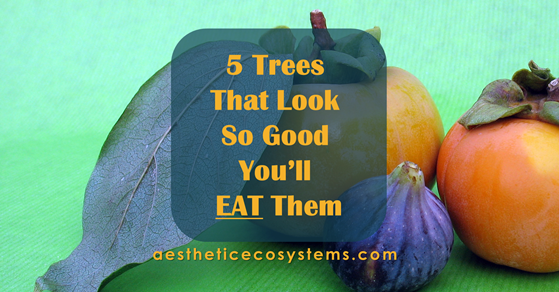
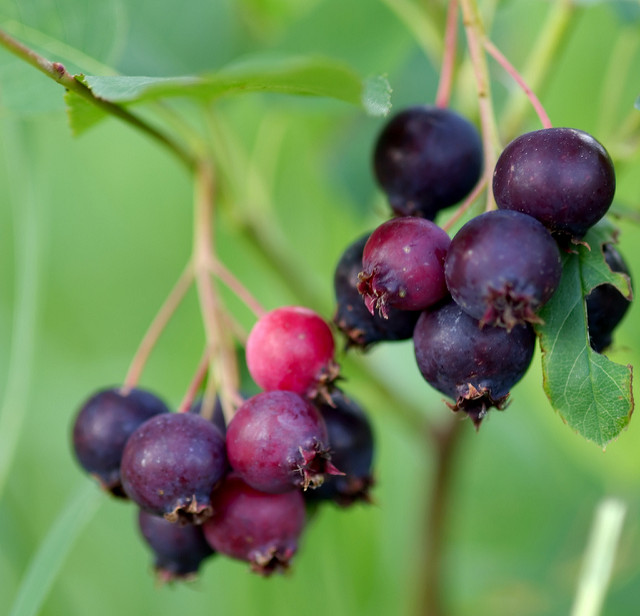
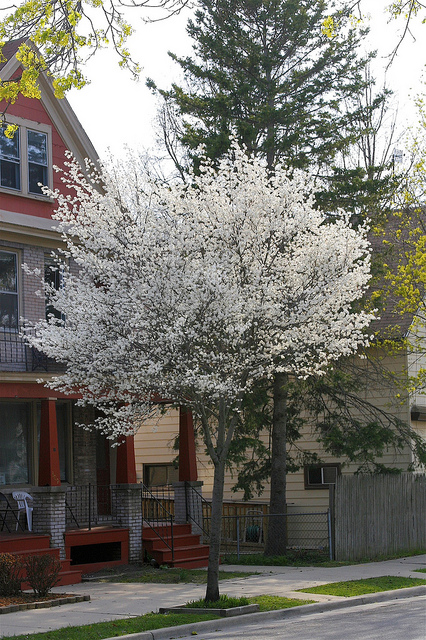
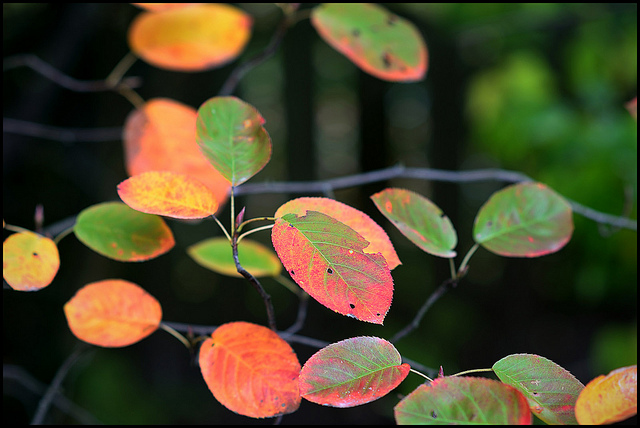
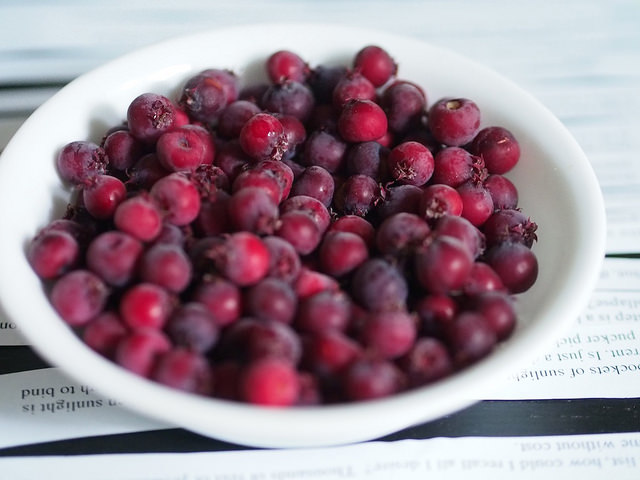

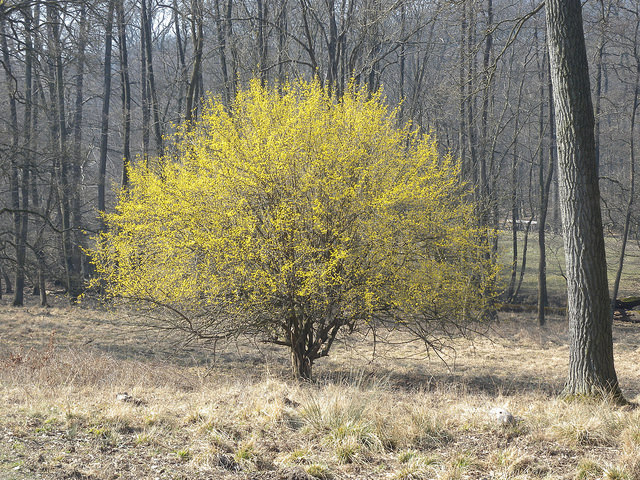

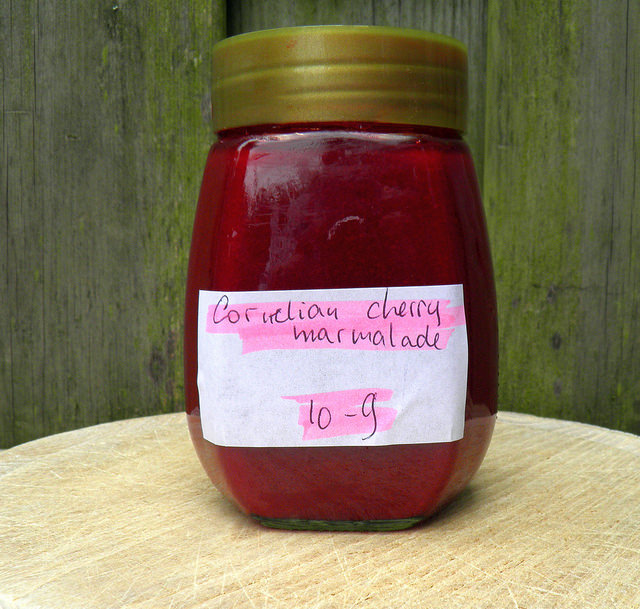

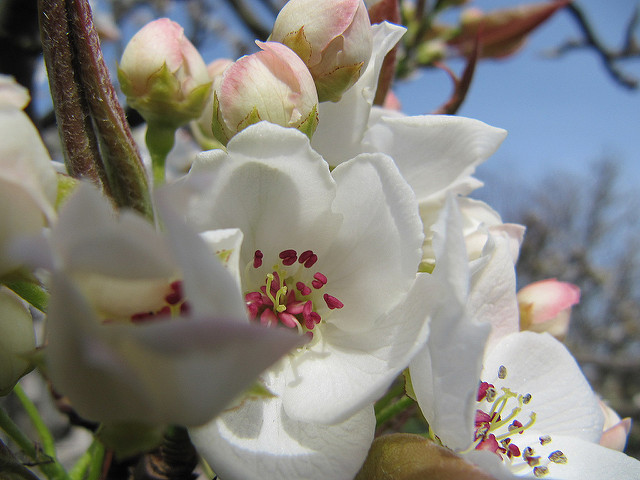
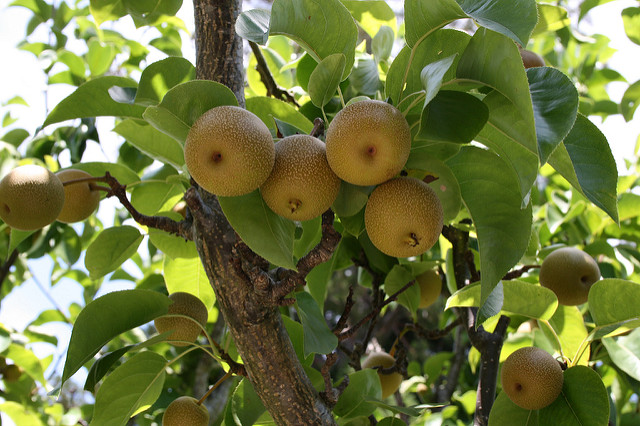
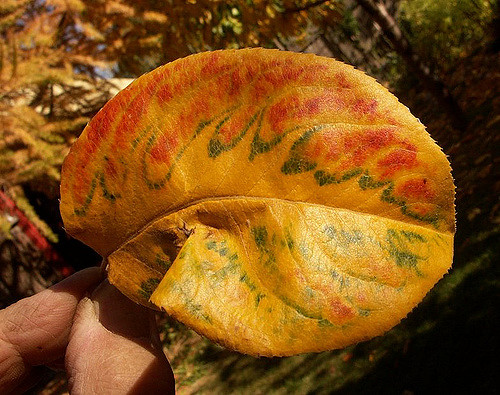

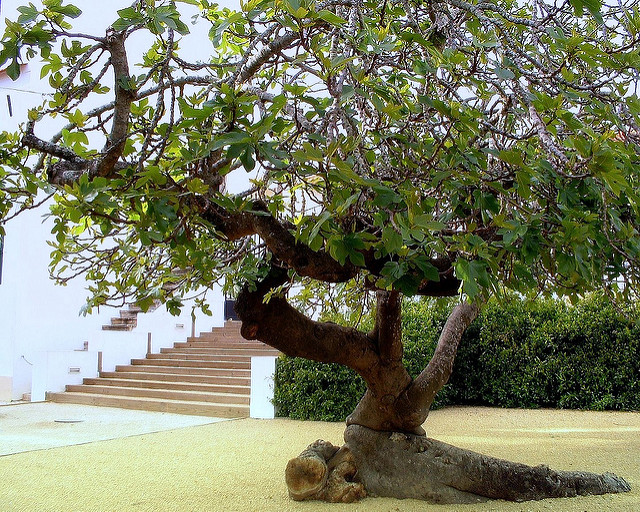
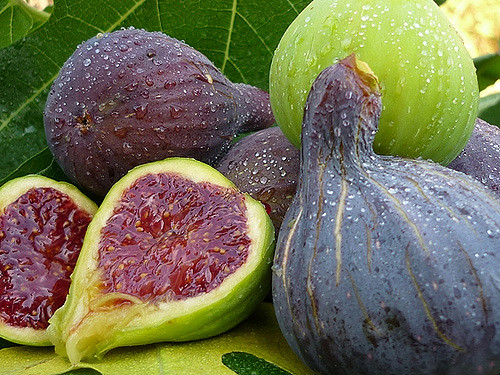
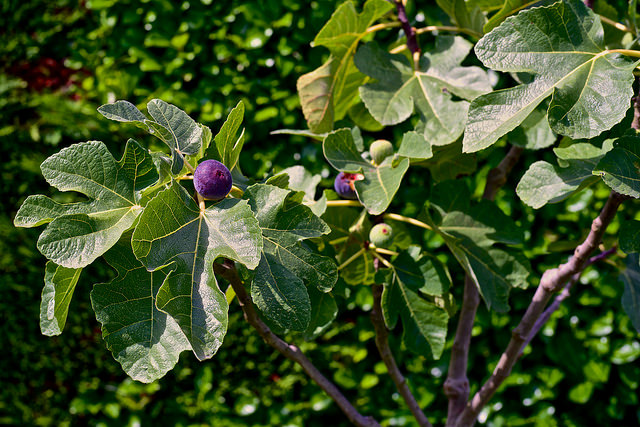

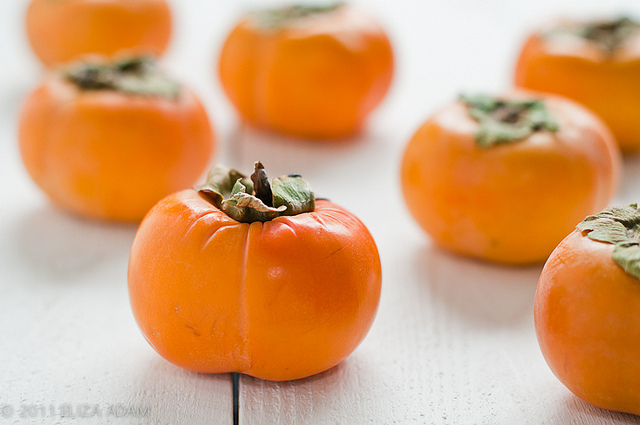
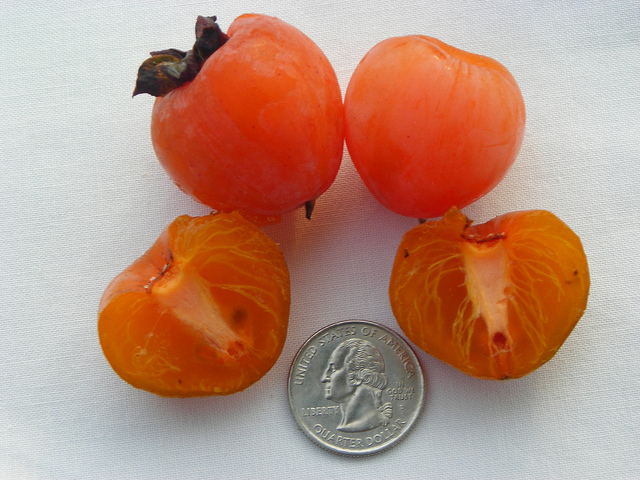
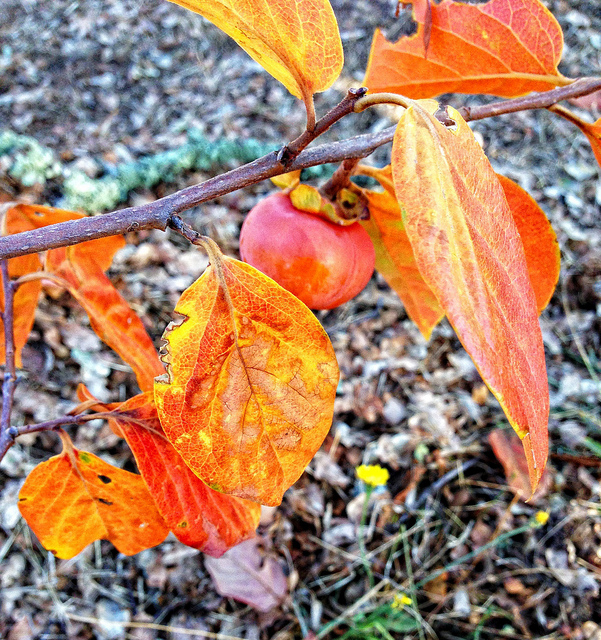
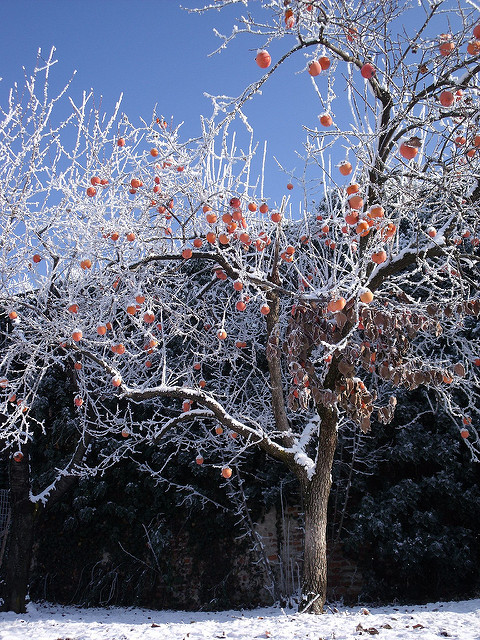









Leave A Comment